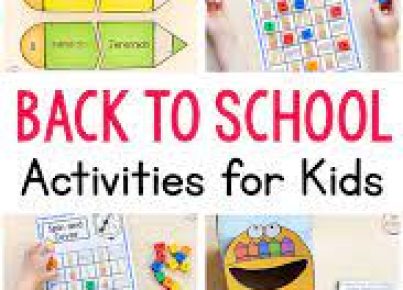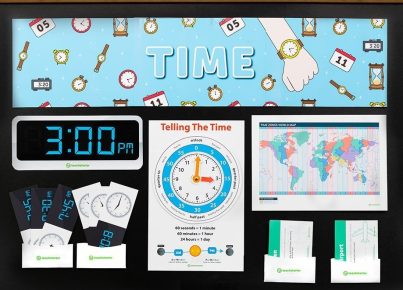As the leaves change color and the air becomes crisp, it’s a wonderful opportunity for educators to incorporate the essence of autumn into their lesson plans. Fall activities and teaching resources can greatly enhance the learning experience by engaging students with the seasonal changes happening around them.
One of the best ways to bring fall into the classroom is through literature. Reading books about fall, such as “Leaf Man” by Lois Ehlert or “Fletcher and the Falling Leaves” by Julia Rawlinson, can spark discussions about the science of seasons, plant life cycles, and even art through leaf-themed craft projects.
Science lessons can also take a seasonal turn. Teachers might explore why leaves change color, delve into weather patterns and discuss how animals prepare for winter. Interactive experiments, like creating a mini compost bin to understand decomposition or measuring temperature changes throughout the day, make these topics tangible and exciting.
Mathematics can be autumn-themed as well. Estimation jars filled with candy corn invite students to guess quantities, while sorting and patterning with acorns or colored leaves develop logical thinking. Pumpkin weighing contests or measuring pumpkin circumferences can bring in elements of comparison and units of measurement.
Art classes can draw inspiration from fall’s palette for projects like leaf rubbings, prints made from sliced apples dipped in paint, or creating collages out of various seeds and grains. For drama lessons, students could put on skits themed around harvest festivals or write poetry about the sensory experiences of fall.
Social studies units might explore different cultural celebrations occurring during fall across the globe. Learning about harvest festivals such as Sukkot, Diwali, or Thanksgiving allows students to understand agricultural cycles and different cultural traditions.
Don’t forget about physical education – outdoor scavenger hunts to find different types of leaves or an A-Z walk (finding something in nature that starts with each letter) can help kids burn energy and appreciate nature’s changes.
Finally, when it comes to music education, fall presents opportunities to learn songs about harvest time, compose music using natural sounds, or learn dances associated with cultural festivals.
In addition to specific fall activities across various subjects, teachers can decorate classrooms with student-made crafts for a more immersive environment. Bulletin boards adorned with paper pumpkins or forests full of handprint trees lend an autumnal atmosphere that enriches any lesson plan.
Brace yourself for a creative autumn in your classroom! Whether through reading stories that paint a picture of falling leaves or exploring scientific processes through hands-on activities, fall is a superb time to captivate students’ imaginations and bring learning to life with thematic resources tailored specifically for this vibrant season.





